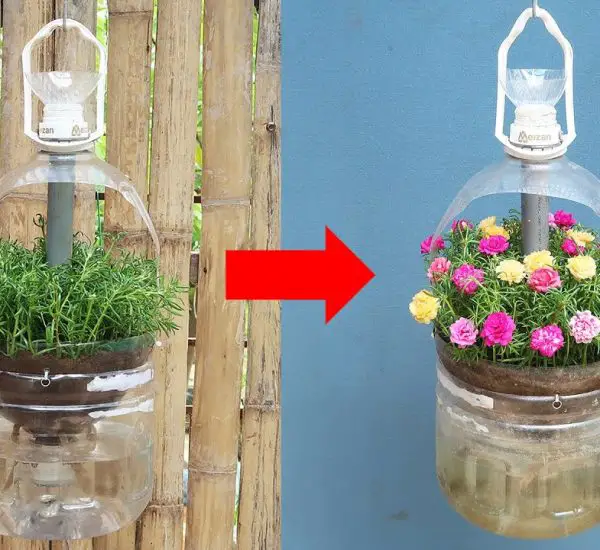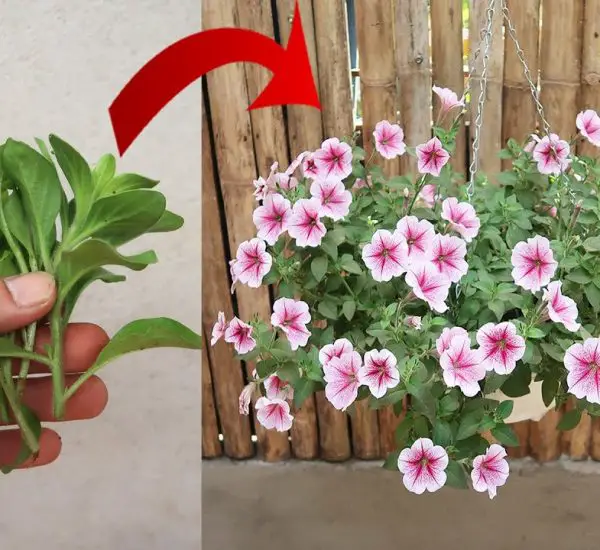Water lilies are one of the most beautiful aquatic plants that can transform any pond or water garden into a serene oasis. While traditionally, water lilies are propagated from seeds or rhizomes, a surprising and easy method to multiply these stunning plants is by using their leaves. This method not only brings about quick results, but it’s also a fun and rewarding way to grow more of these gorgeous plants. Let’s dive into how you can multiply water lilies using just their leaves and what kind of results you can expect.
Why Multiply Water Lilies from Leaves?

Most gardeners are familiar with the more traditional propagation methods of water lilies, such as planting seeds or dividing the rhizomes. However, multiplying water lilies from leaves has become a popular and innovative approach for several reasons:
- Easy and Accessible:
- Leaf multiplication doesn’t require special tools or techniques. If you already have a healthy water lily plant, all you need is one of its leaves to get started.
- Faster Growth:
- Unlike seeds, which can take a long time to germinate, using leaves can result in faster propagation and more immediate results.
- Aesthetic Appeal:
- Watching the new plants emerge from the leaves adds a magical touch to your pond. Plus, it’s a cost-effective way to expand your water lily collection.
How to Multiply Water Lilies from Leaves: Step-by-Step Guide
Multiplying water lilies from leaves is a simple process. Here’s how you can do it:
What You’ll Need:
- A healthy water lily plant with mature leaves
- A clean, shallow container or pond space
- Clean water
- Sharp scissors (optional)
- Rooting hormone (optional)
Step 1: Select a Healthy Leaf
- Choose a mature leaf from your water lily plant. It should be healthy, free of disease, and not too old or damaged. The ideal leaf will have a strong, firm structure, as it will need to be in good condition to support the new plant’s growth.
Step 2: Cut the Leaf
- Using sharp scissors, carefully cut the leaf near its stem, leaving a small portion of the stem attached to the leaf. If you are using a floating variety, you can also cut the leaf off its root system while keeping it intact.
Step 3: Prepare the Leaf for Propagation
- To propagate the water lily from the leaf, simply place the leaf in a shallow container of clean water. It’s important that the leaf’s underside is facing up and in contact with the water, as this is where the roots will begin to form.
Step 4: Maintain Ideal Conditions
- Keep the container in a warm, sunlit location, but avoid placing it in direct sunlight to prevent the leaf from drying out. The water should remain clean and fresh, so change it regularly.
- Make sure the leaf is not submerged too deeply; it should just lightly touch the surface of the water. The leaf will begin to send out roots from the cut edge, and in some cases, small buds may start to form along the edges of the leaf.
Step 5: Watch for New Growth
- Over time, you should notice roots developing from the cut edge of the leaf. After a few weeks, small shoots or baby water lilies will start to grow. At this point, you can transplant the new plants into a pond or larger container with soil for further development.
What Results Can You Expect?
The results of propagating water lilies from their leaves are often surprising and rewarding. Here are some of the outcomes you can expect:
- New Water Lilies:
- With the right conditions, you will see new plants begin to emerge from the leaves. These small, baby water lilies will slowly mature and eventually begin to form their own roots and leaves.
- Faster Growth:
- Since leaves already have nutrients stored inside them, the new plants may develop faster compared to starting from seeds or rhizomes. They can begin flowering in the first season of growth if the environment is favorable.
- Increased Plant Collection:
- One leaf can produce several new plants, meaning you can quickly expand your water lily collection without needing to purchase new plants. This is particularly useful for creating a larger, fuller pond.
Benefits of Growing Water Lilies from Leaves
Here’s why you might want to try multiplying your water lilies using leaves:
- No Need for Seeds:
- Water lily seeds can be difficult to obtain, and they often take a long time to germinate. Propagating from leaves is faster and more straightforward.
- Cost-Effective:
- If you already own a water lily plant, multiplying it using leaves is a free way to grow more plants. It’s a great way to expand your collection without additional costs.
- A Fun Gardening Project:
- Watching the water lilies develop from leaves is a rewarding experience. It’s fun to see how quickly new plants can grow and adapt.
Conclusion
If you’re looking for a simple and effective way to grow more water lilies, multiplying them from leaves is a surprisingly easy and fun method. By following these straightforward steps, you can quickly have more of these stunning plants thriving in your pond or water garden. Not only will you expand your collection, but you’ll also enjoy the beauty of watching new water lilies sprout from just a single leaf!



